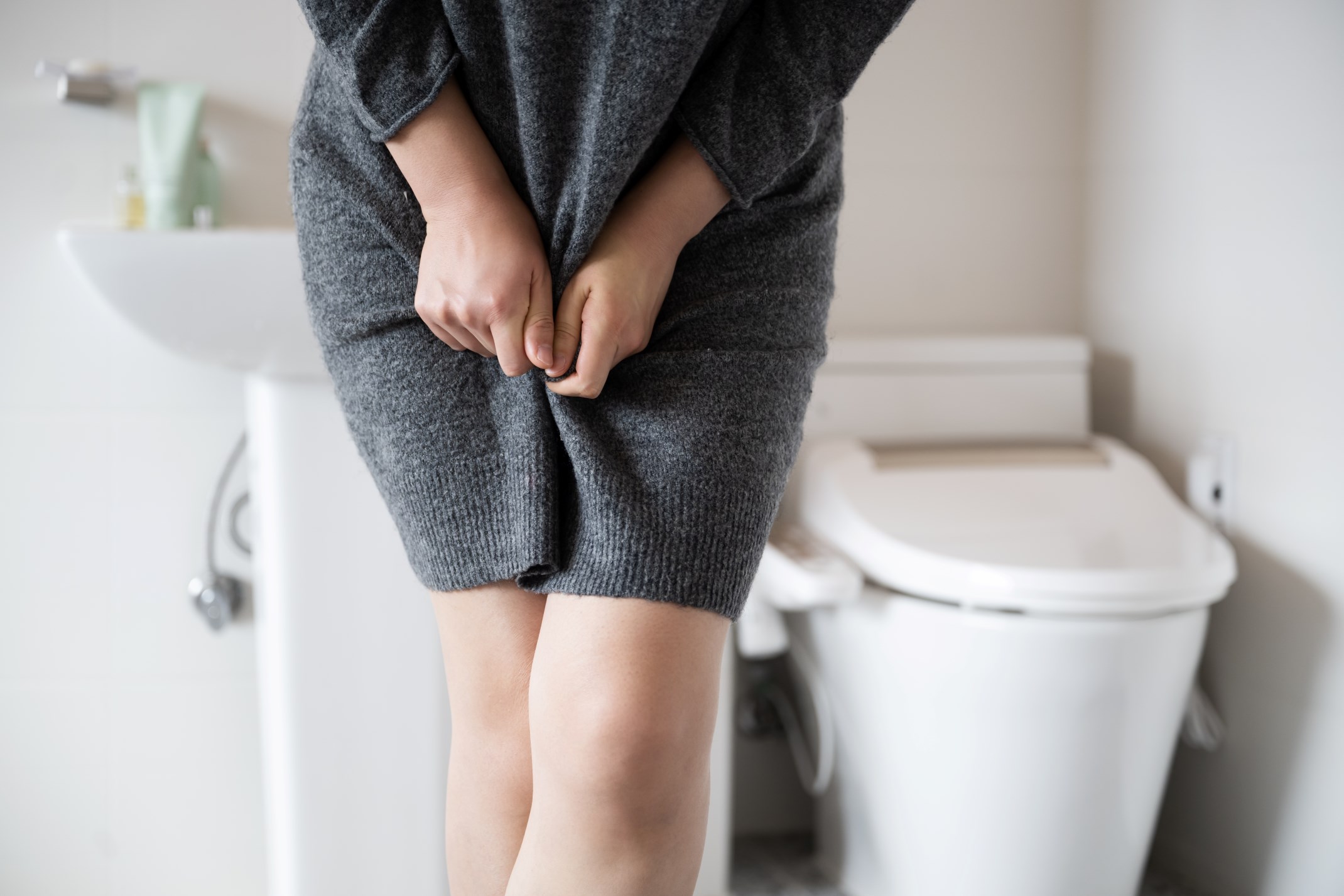-
Patient Resources
-
-
Services
-
-
Service Details
-
Proudly Part of Privia Health

Hotflashes - August 2025
The Importance of Childhood Vaccinations: Keep Your Child Protected

As a parent, you want to keep your child safe, and ensuring they receive recommended vaccines on time is one of the most effective ways to protect their health and the well-being of the community. Vaccines are an important part of pediatric care, safeguarding against a range of serious diseases, and if you have questions or concerns about certain vaccines, our pediatricians at The Veranda would be glad to discuss them with you.
Why Vaccines Matter
Vaccinations shield children from numerous potentially life-threatening illnesses, including measles, polio, whooping cough (pertussis), and human papillomavirus (HPV). These diseases can have severe consequences, but widespread immunization has significantly reduced their prevalence. For instance, the introduction of vaccines has led to the near-eradication of polio in many parts of the world. Because many of these diseases have not been a part of childhood for many decades, it can be easy to forget how dangerous and even deadly they were, but many children died or faced lifelong effects from things like measles, polio, and whooping cough before vaccines were available.
Safety and Efficacy
Vaccines undergo rigorous testing to ensure they are both safe and effective. The U.S. Centers for Disease Control and Prevention (CDC) and the American Academy of Pediatrics (AAP) recommend vaccines based on extensive research and evidence. Common side effects are typically mild, such as slight fever or soreness at the injection site and are far outweighed by the protection vaccines provide against serious diseases.
Herd Immunity: Protecting the Vulnerable
When most of the community is vaccinated, it helps prevent the spread of contagious diseases, protecting those who cannot be vaccinated due to medical reasons. This concept, known as herd immunity, is crucial in maintaining public health. Achieving high vaccination rates is essent
Addressing Common Concerns
Some parents may have concerns about the timing and number of vaccines. However, spacing out vaccinations is not recommended, as it can leave children vulnerable to preventable diseases. The CDC's immunization schedule is designed to provide protection at the optimal times, ensuring the best possible defense against illnesses. Additionally, common myths about vaccines, like that they cause autism, SIDS, or other conditions, have not been proven to be true. If you have questions or fears about the vaccines your child needs, Dr. Randi Tatum or Dr. Andrew Carlson, our pediatric providers, would be glad to address them with you.
Understanding Urinary Incontinence: You’re Not Alone

Urinary incontinence is a common yet often underreported condition among many middle-aged women. This condition is characterized by the involuntary loss of urine, and it can significantly impact daily life, affecting activities like exercise, work, and social interactions. While many women experience this condition, it's important to know that effective treatments are available, and seeking help can lead to improved quality of life.
Prevalence of Urinary Incontinence
Studies indicate that urinary incontinence is prevalent among women aged 40 to 64, potentially as high as 60-75%. its commonality. However, many women experiencing this do not talk to their healthcare provider about it because they’re embarrassed or think it’s normal.
Types of Urinary Incontinence
Understanding what type of incontinence you are experiencing is an important step in figuring out what treatment will be the most effective. Urinary Incontinence can take on three different forms:
- Stress Incontinence: Leakage occurs during activities that increase abdominal pressure, such as coughing, sneezing, or exercising.
- Urge Incontinence: A sudden, intense urge to urinate followed by involuntary loss of urine.
- Mixed Incontinence: A combination of stress and urge incontinence.
Risk Factors
Several factors can increase the risk of developing urinary incontinence, including:
- Age: The risk increases as women age, particularly after 50.
- Obesity: Higher body mass index is associated with increased pressure on the bladder.
- Childbirth: Multiple vaginal deliveries can weaken pelvic floor muscles.
- Chronic Conditions: Diabetes and neurological disorders can affect bladder control.
- Lifestyle Factors: Smoking and high caffeine intake may exacerbate symptoms.
Treatment Options
Effective management of urinary incontinence often involves a combination of lifestyle modifications and medical interventions. Some of the most common types include:
- Pelvic Floor Exercises: Strengthening pelvic muscles through exercises like Kegels can improve bladder control.
- Bladder Training: Establishing a regular schedule for urination can help train the bladder.
- Medications: Certain medications may be able to help.
- Minimally Invasive Procedures: Botox injections into the bladder muscle can reduce overactive bladder symptoms.
- Surgical Options: In severe cases, surgical interventions such as sling procedures may be considered.
When to Seek Help
If you are experiencing urinary incontinence and it’s affecting your quality of life, talk to your doctor. Earlier intervention can be more effective and catch the issue before it requires surgery. Your doctor wants you to bring an issue like this up, and they can evaluate you to help determine what’s causing the issue and how best to fix it.
Urinary incontinence is a common condition among middle-aged women, but it should not be considered normal or an inevitable part of aging. With the right treatment and support, you can manage your symptoms effectively and maintain an active, fulfilling lifestyle. If you're experiencing urinary incontinence, don't hesitate to seek help—improvement is possible.
https://my.clevelandclinic.org/health/diseases/17596-urinary-incontinence
Shrimp Fajitas

Ingredients:
(Vegetables)
- 1 Tbsp. vegetable oil, plus more for the grill
- 3 bell peppers, sliced
- 1 onion, sliced
- 1 tsp. chili powder
- 1 tsp. garlic powder
- 1 tsp. kosher salt
- ½ tsp. black pepper
(Shrimp)
- 1 Tbsp. cumin
- 1 Tbsp. chili powder
- 1 ½ tsp. kosher salt
- 1 tsp. garlic powder
- 1 tsp. dried oregano
- 1 tsp. paprika
- 1 tsp. sugar
- ½ tsp. crushed red pepper flakes
- 1 ½ lb. extra-large shrimp (21-30 count), peeled and deveined
- 1 Tbsp. vegetable oil
- 12 flour tortillas, warmed
- Fresh cilantro, sour cream, salsa, guacamole, lettuce or other desired toppings
Directions:
- For the vegetables: Preheat a grill to medium-high (400°F to 450°F) and oil the grates.
- In a large bowl, toss the bell peppers and onion with the vegetable oil, chili powder, garlic powder, salt, and black pepper. Add to a grill basket in a single layer.
- Grill the vegetables, covered, until slightly charred, 6 to 8 minutes. Stir the vegetables, cover, and continue grilling until tender and charred, 5 to 7 minutes more. Transfer to a platter and cover to keep warm.
- For the shrimp: In a small bowl, combine the chili powder, cumin, salt, garlic powder, oregano, paprika, sugar, and red pepper flakes. In a large bowl or baking dish, drizzle the shrimp with the vegetable oil and sprinkle with the fajita seasoning. Toss to thoroughly coat the shrimp.
- Grill the shrimp until cooked through, 2 to 3 minutes per side. Transfer to the platter with the vegetables.
- Serve the vegetables and shrimp with the tortillas and toppings of your choice.
